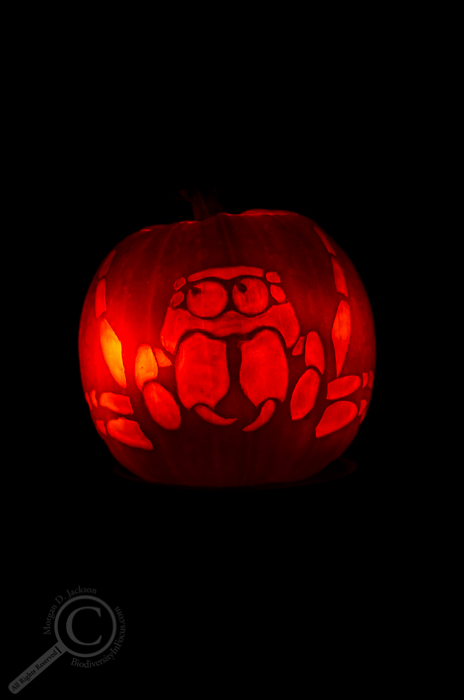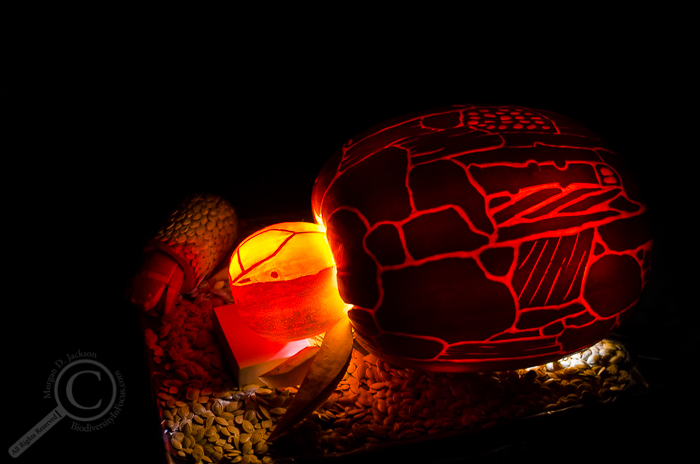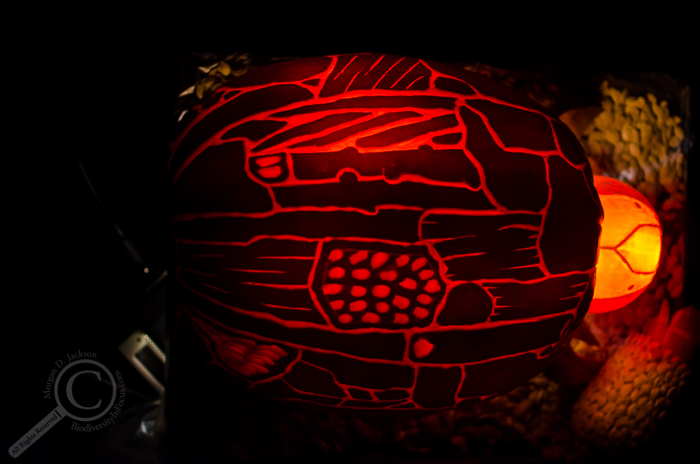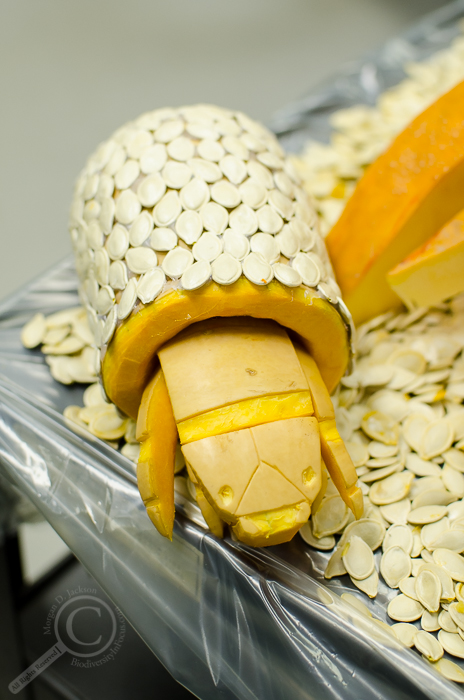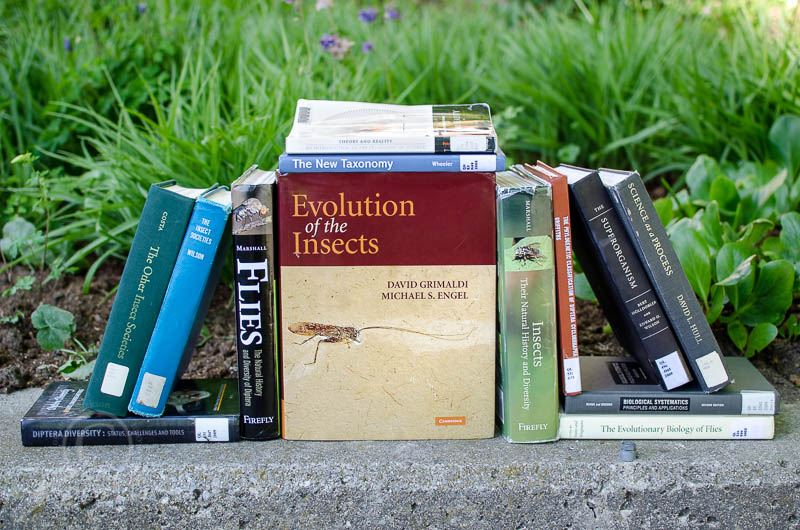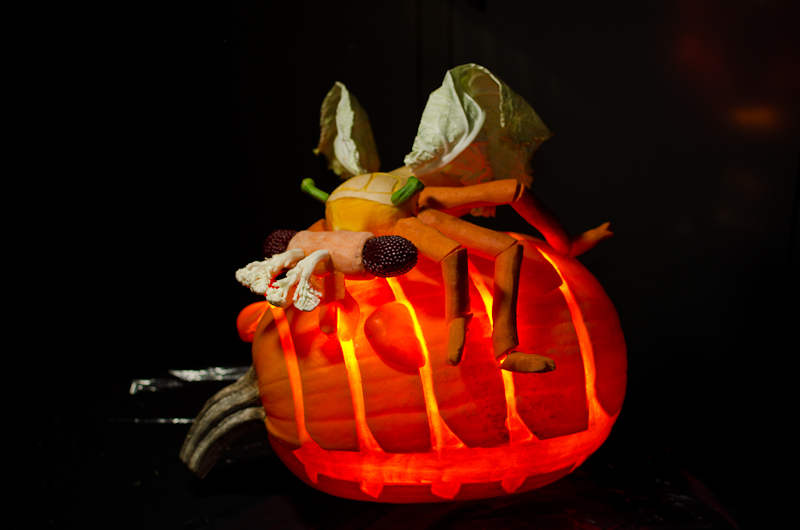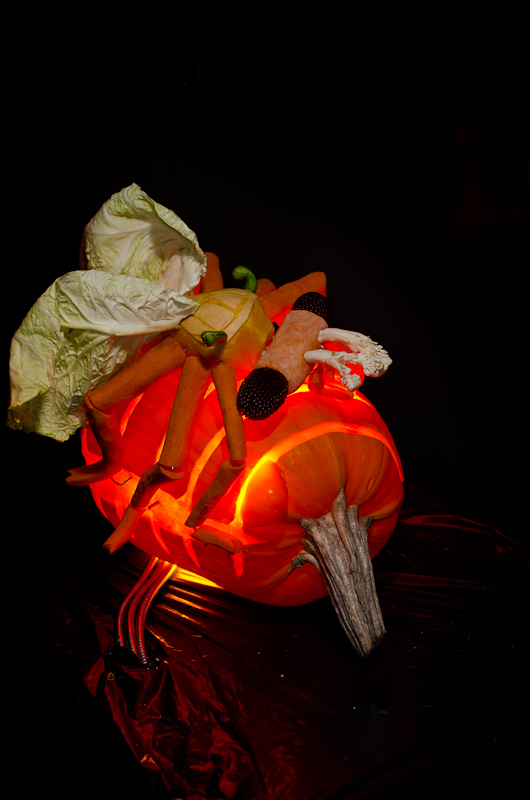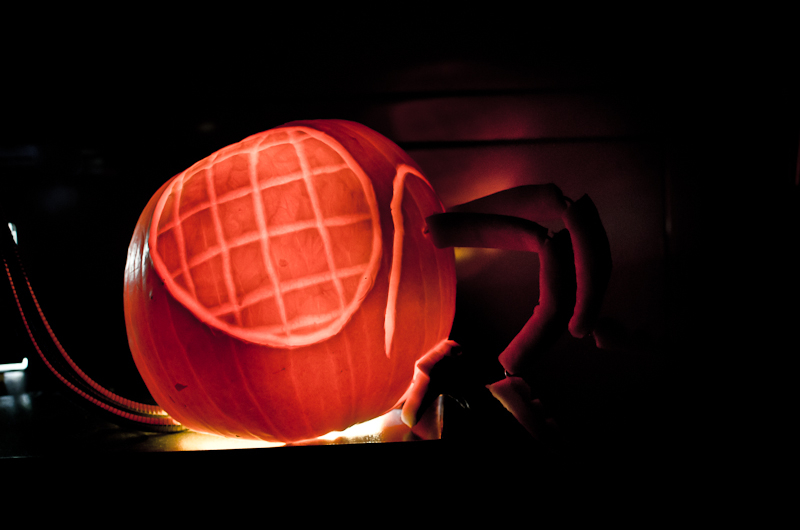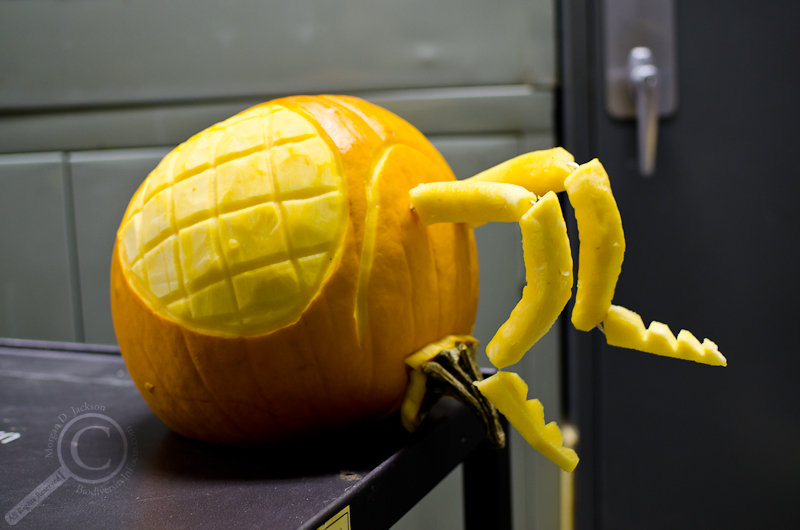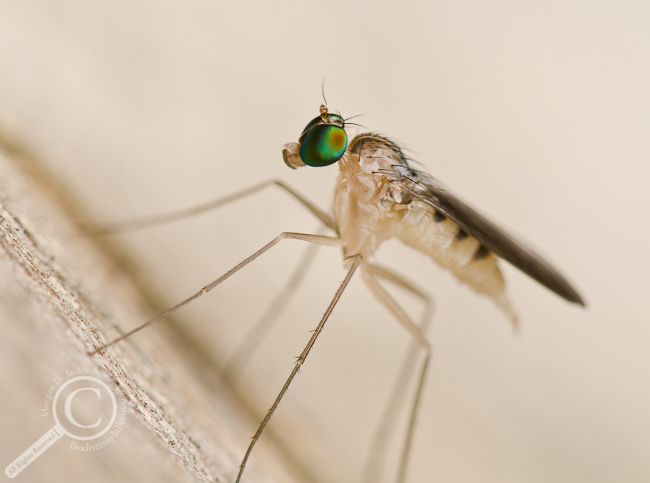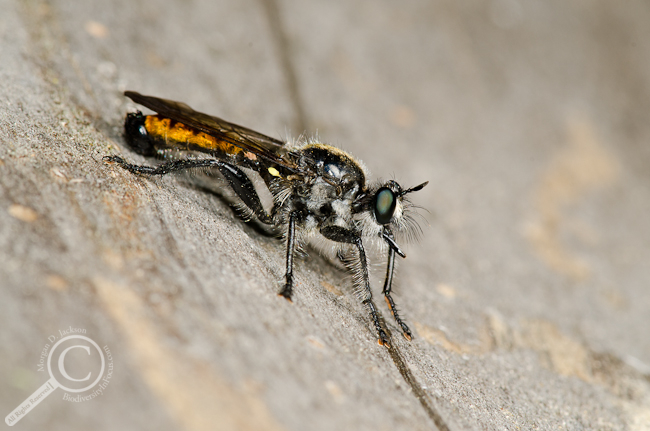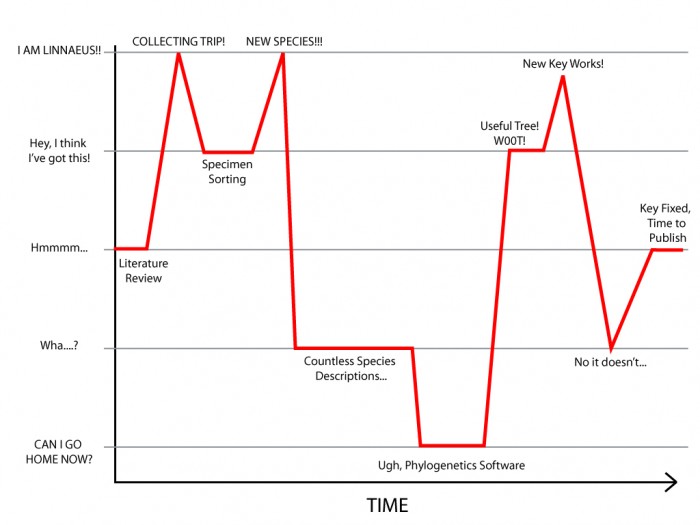It’s that time of year when people look back on the year that was and reflect on what they’ve done, or not done, and begin planning on how to fill up the blank slate that comes with the new year. For myself, 2014 was arguably one of my most successful to date: I was awarded more than $20,000 in scholarships & awards, not counting my NSERC scholarship; I published 1 paper, have another major paper scheduled to be published in January, and have 3 more in progress that I hope to have submitted by February; I passed my qualifying exams, TA’d our intro entomology course, gave almost a dozen workshops and outreach events, and took my first MOOC; I visited some incredible places for my research, from Austria to Iceland to Oregon, and was fortunate to meet and spend quality time with dozens of friends and colleagues from around the world, including some old friends, some digital friends I met for the first time in the “real world”, and many, many, new friends. I collected new data for my PhD which already has me saying “huh…” (a good thing, really), am starting to get a handle on the diversity of the Micropezinae (my focal research group), and have been invited to collaborate with researchers across the continent on a variety of interesting projects that could have potentially significant ramifications.
Online, I published 26 blog posts, fewer than perhaps I had hoped, but not bad overall. More importantly, something has recently shifted: I’m actually beginning to enjoy writing, and what’s more, I’ve become confident in my abilities, thanks in large part to the supportive online science community. It’s taken me nearly 5 years, but perhaps this whole blogging experiment is paying off how I had hoped it would! I was also interviewed for articles in The Atlantic, CBC News, and my university’s digital magazine, I contributed to an article on the shared graduate experience, and published a newsletter article encouraging biologists to try their hand at science communication. Oh, and I had a tweet go viral and draw all kinds of rage from the internet.
Breaking Bio is still going strong thanks to Tom, Steven, Heidi, and Gwen, and not only did we get to talk to dozens of interesting and engaging people and publish 24 episodes in 2014, but we also secured funding from the European Society for Evolutionary Biology to cover our operating costs, making this the first of my online ventures to actually approach a break-even point financially. Watch for plenty of new content, and potentially some new and exciting things in 2015!
Like I said, 2014 was a pretty damn good year for me, and yet I can’t help but feel like I could have, and should have, done more. I still deal with existential dread about my dissertation and whether I’ll ever get caught up on my research, and I waver daily about what I may or may not want to do when I do finish my degree. I have no idea what 2015 will hold for me (although it’s already starting to fill up, and I haven’t even flipped the calendar over), but my goal is to procrastinate less, stop allowing fear of rejection hinder my progress, publish more (both academically and publicly), and reacquaint myself with that black box in my backpack that can apparently take photographs and record video.
So Happy New Year, internet! I hope your 2014 was filled with as much success and fellowship as I was lucky to have, and that 2015 brings you even more of the same!


